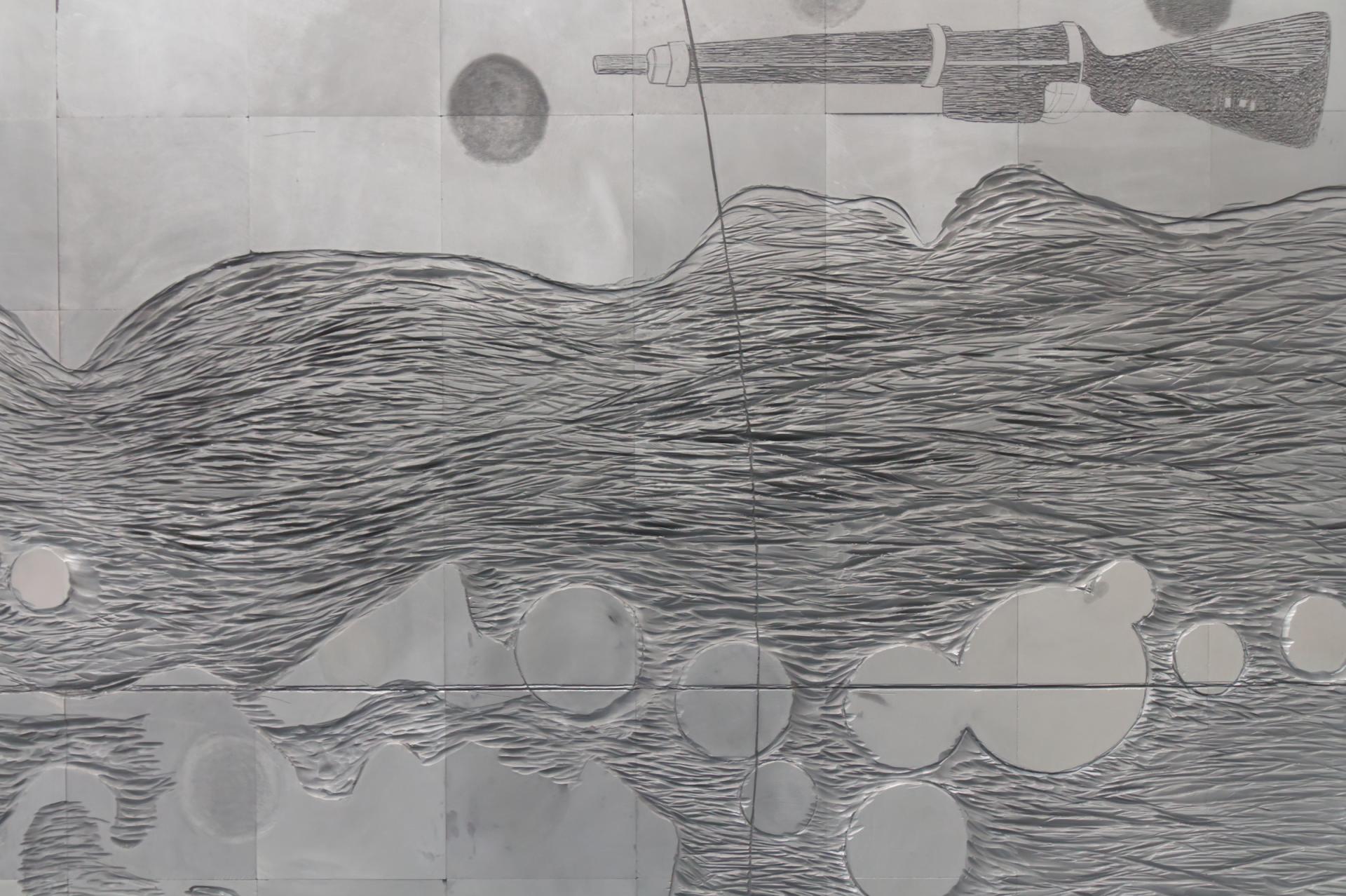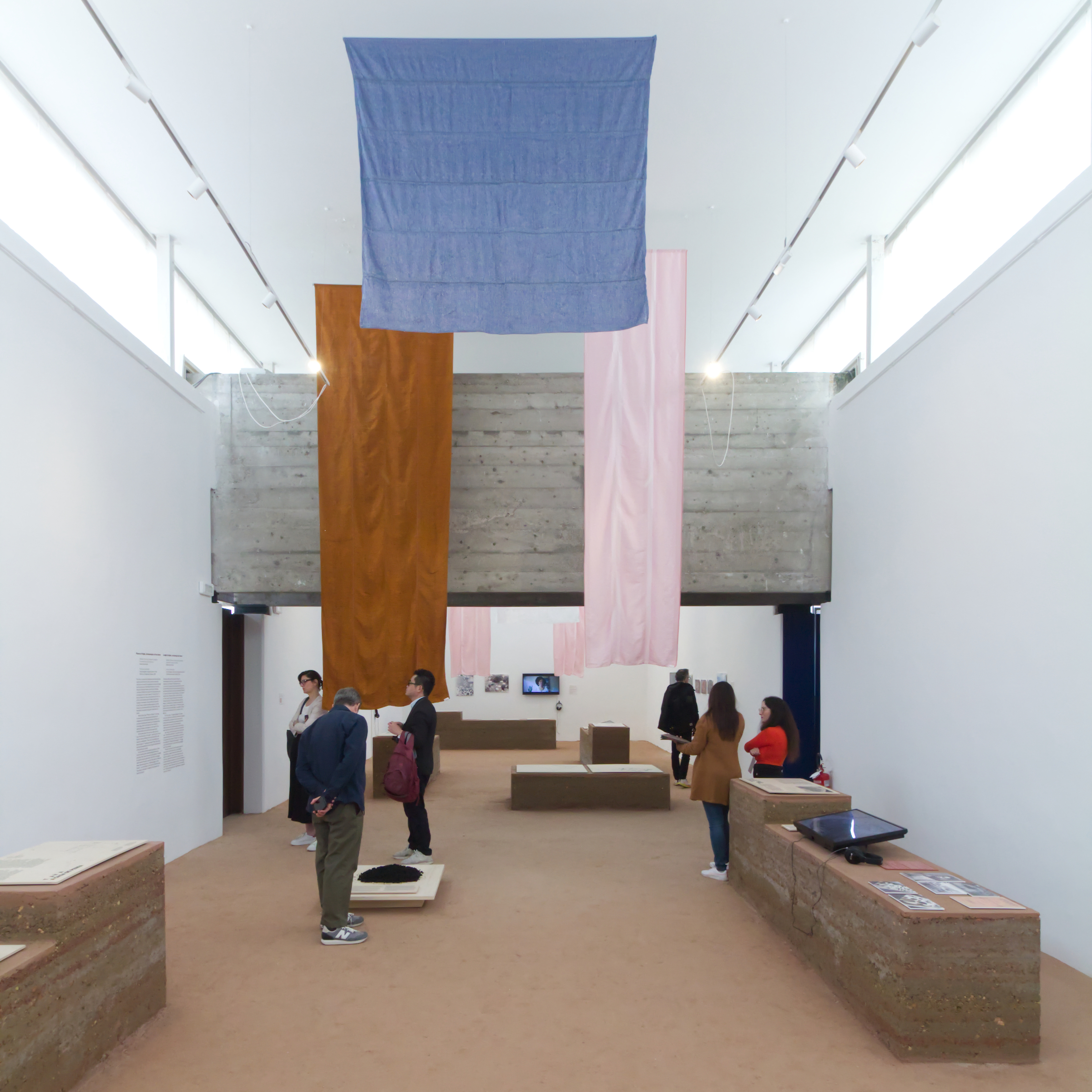Brazil Pavilion, the Golden Lion for Best National Participation (Photo: John Hill/World-Architects)
Winners of the Golden Lions Announced
John Hill
Brazil Pavilion, the Golden Lion for Best National Participation (Photo: John Hill/World-Architects)
As in previous iterations of the Venice Architecture Biennale, a Golden Lion is given for each of the two main components: the national participations, or national pavilions; and the main exhibition. The latter, this year of the 18th International Architecture Exhibition, is The Laboratory of the Future curated by Lesley Lokko, who already announced artist–designer Demas Nwoko as recipient of the Golden Lion for Lifetime Achievement.
The five-member jury, made up of Ippolito Pestellini Laparelli (jury president), Nora Akawi, Thelma Golden, Tau Tavengwa, and Izabela Wieczorek also selected a Silver Lion for a promising young participant in the International Exhibition, a Special Mention for national participation, and three Special Mentions to participants in the International Exhibition. Details on the two Golden Lions and five other prizes are below.
Brazil: Terra [Earth]
Commissioner: José Olympio da Veiga Pereira (president of the Fundação Bienal de São Paulo)
Curators: Gabriela de Matos and Paulo Tavares
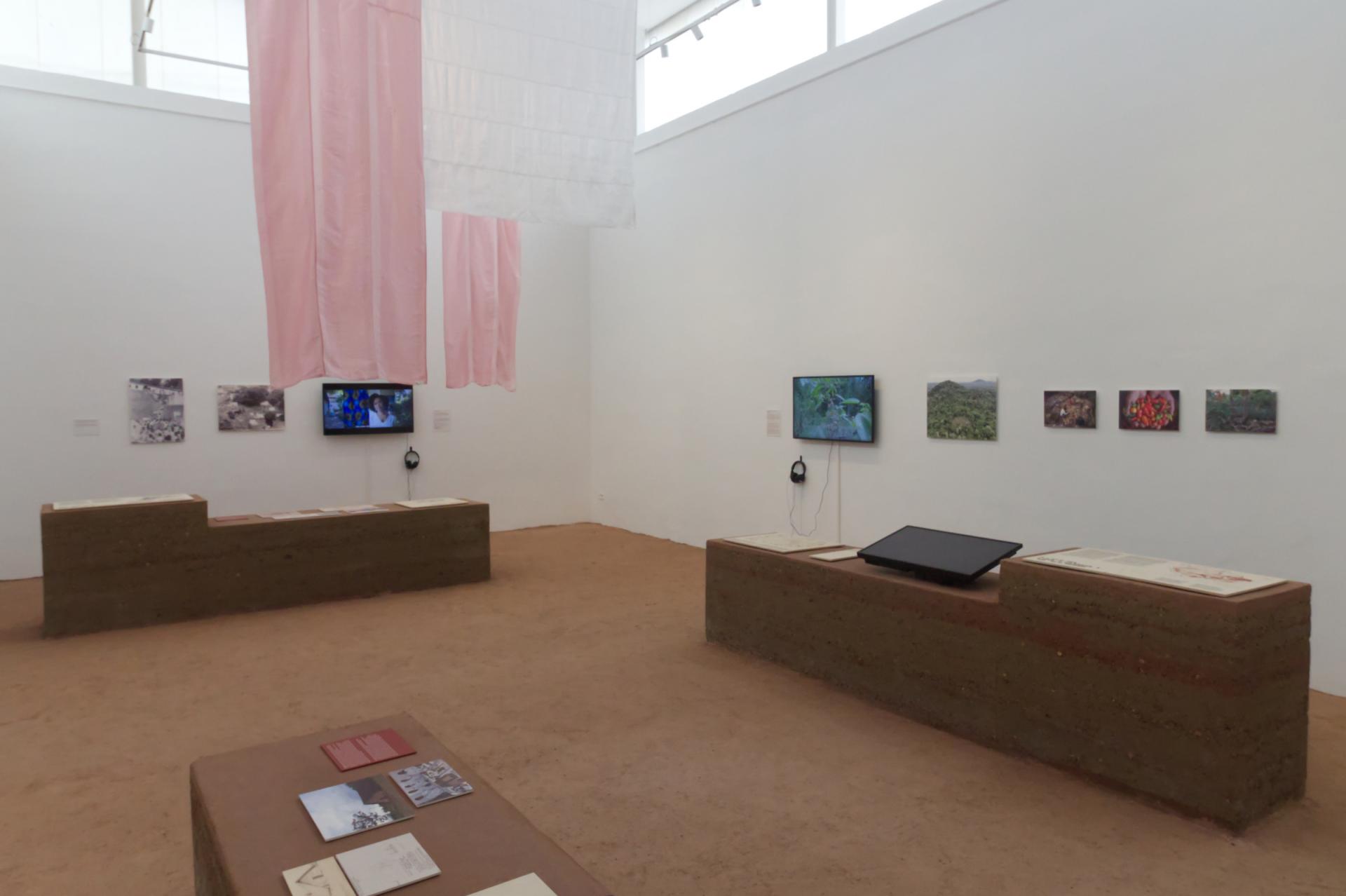
Brazil Pavilion, the Golden Lion for Best National Participation (Photo: John Hill/World-Architects)
The jury has awarded the Golden Lion for Best National Participation to Brazil “for a research exhibition and architectural intervention that center the philosophies and imaginaries of indigenous and black population towards modes of reparation.”
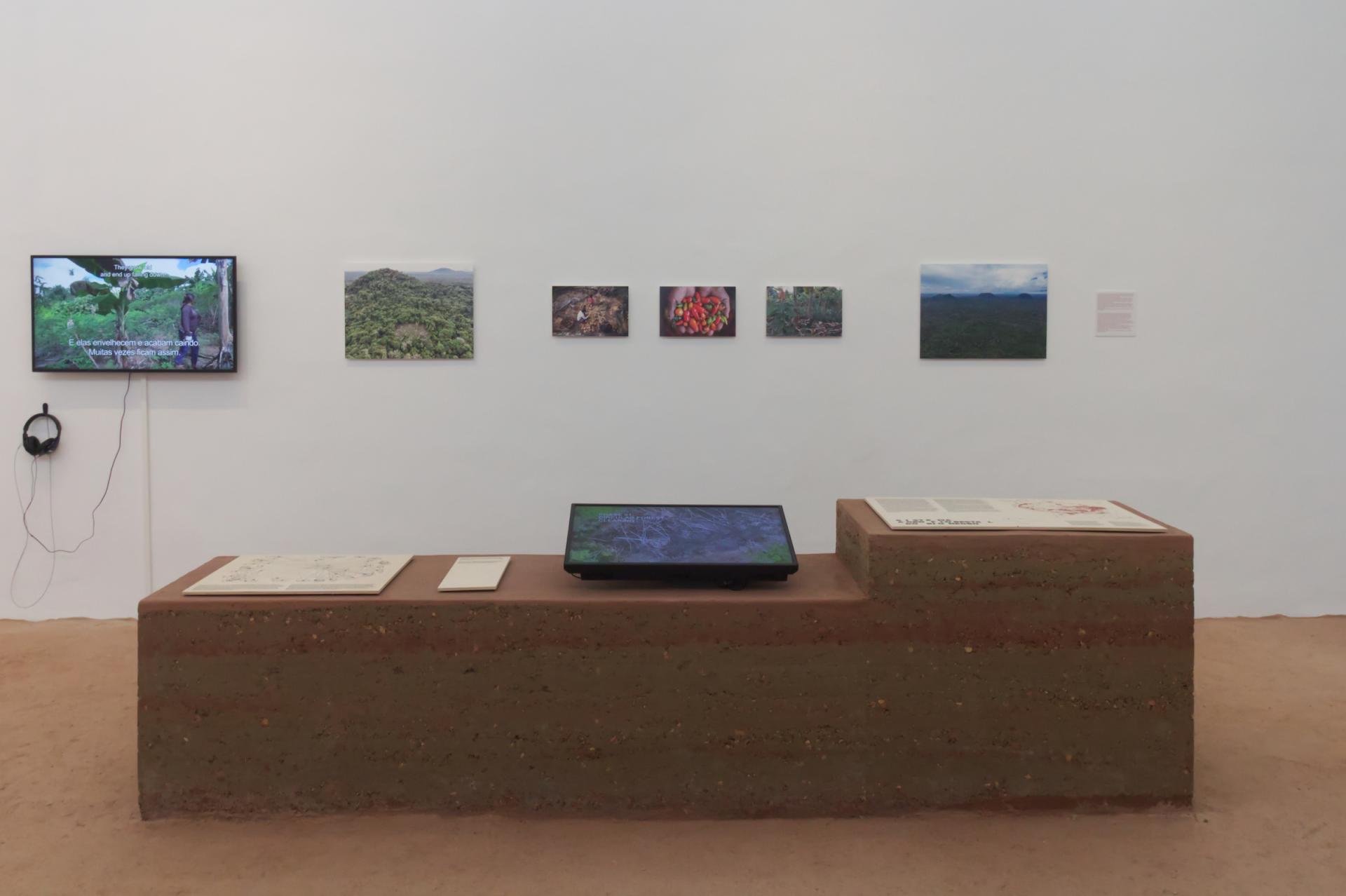
Brazil Pavilion, the Golden Lion for Best National Participation (Photo: John Hill/World-Architects)
The curators: “Our curatorial proposal is based on thinking of Brazil as earth. Earth as soil, fertilizer, ground and territory. But also earth in its global and cosmic sense, as planet and common house of all life, human and non-human. Earth as memory, and also as future, looking at the past and at heritage to expand the field of architecture in the face of the most pressing contemporary urban, territorial and environmental issues.”
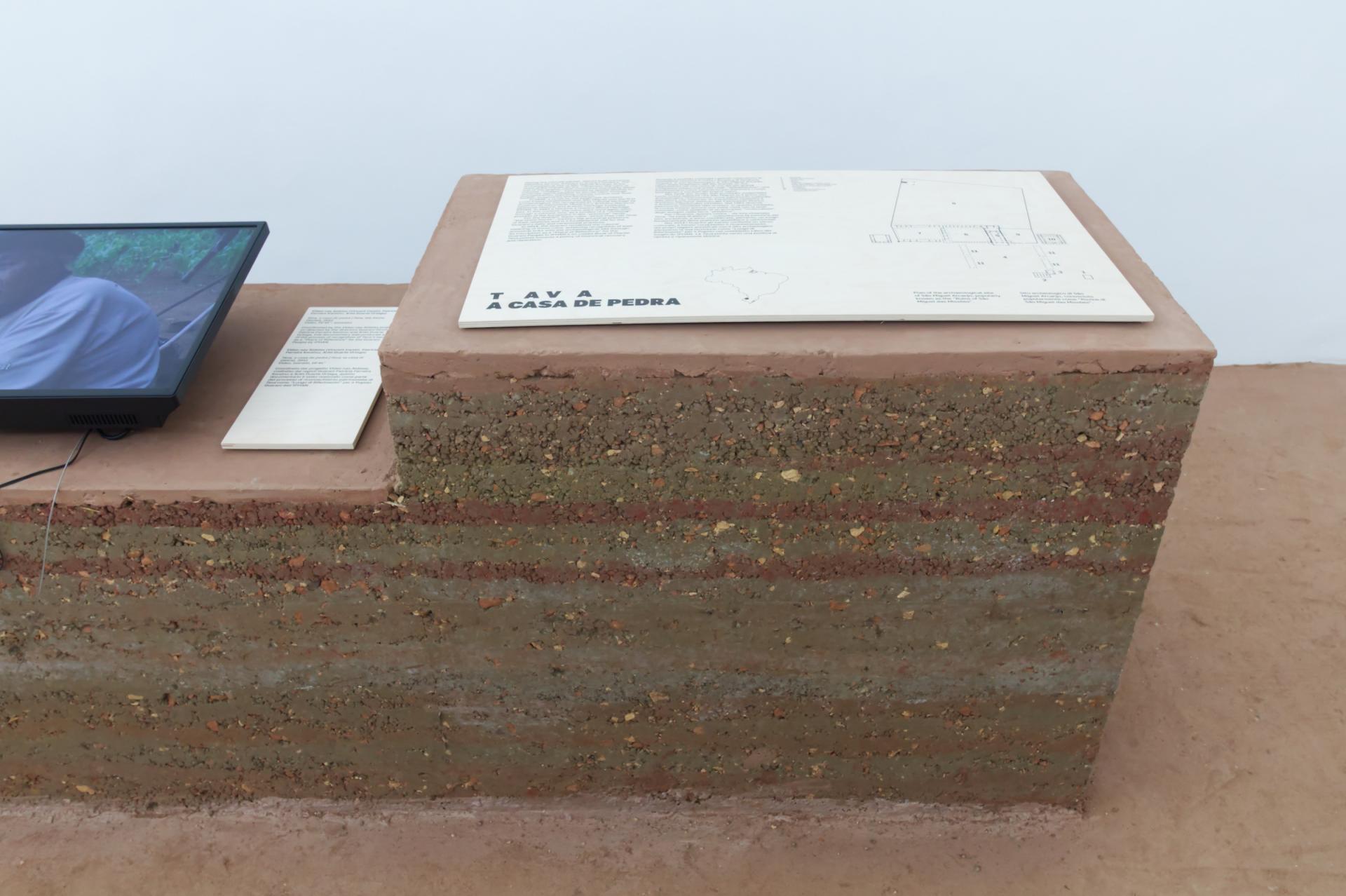
Brazil Pavilion, the Golden Lion for Best National Participation (Photo: John Hill/World-Architects)
Great Britain: Dancing Before the Moon
Commissioner: Sevra Davis, Director of Architecture Design Fashion at the British Council
Curators: Jayden Ali, Joseph Henry, Meneesha Kellay and Sumitra Upham
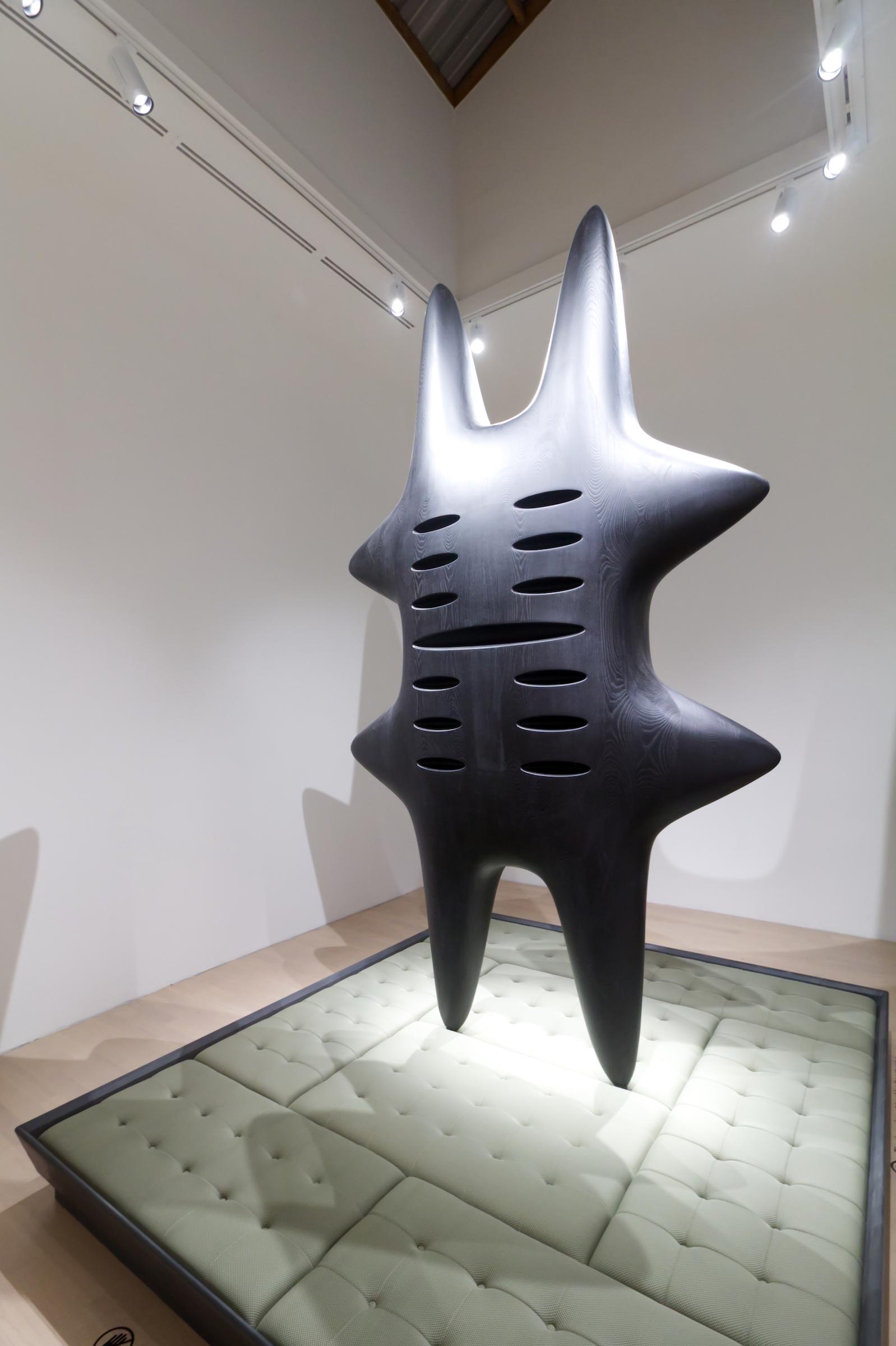
Great Britain Pavilion, Special Mention for National Participation: Runout by Mac Collins (Photo: John Hill/World-Architects)
The jury has awarded the one Special Mention for National Participation to Great Britain “for the curatorial strategy and design propositions celebrating the potency of everyday rituals as forms of resistance and spatial practices in diasporic communities.”
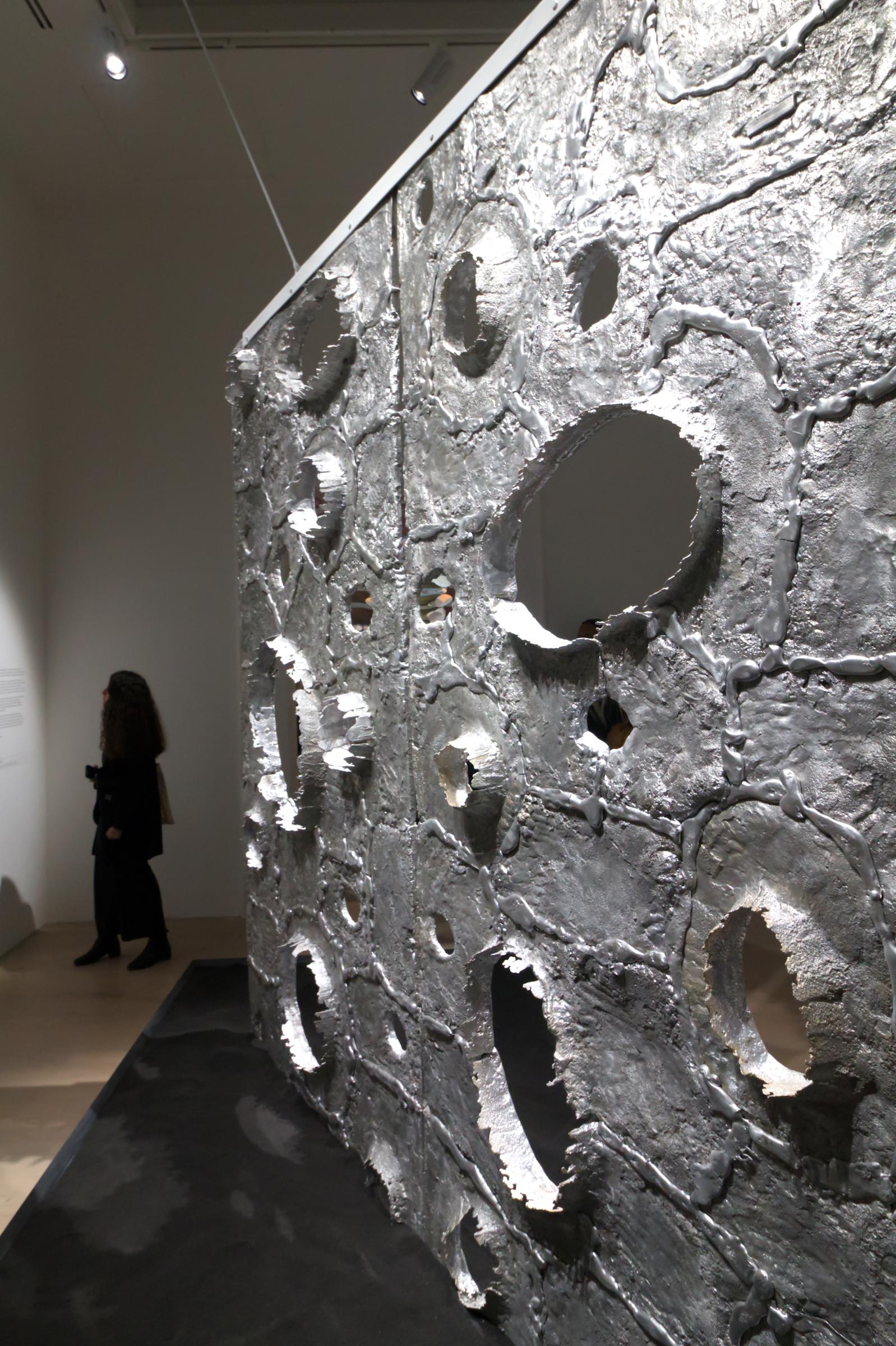
Great Britain Pavilion, Special Mention for National Participation: Bardo by Madhav Kidao (Photo: John Hill/World-Architects)
The curators: “This exhibition advocates rituals as a form of spatial practice, celebrating their unique ability to organize and creat space. When spaces are not designed to accommodate certain behaviors, cultures, and traditions, rituals can become powerful, disruptive tools for facilitating occupation and supporting different lived realities.”
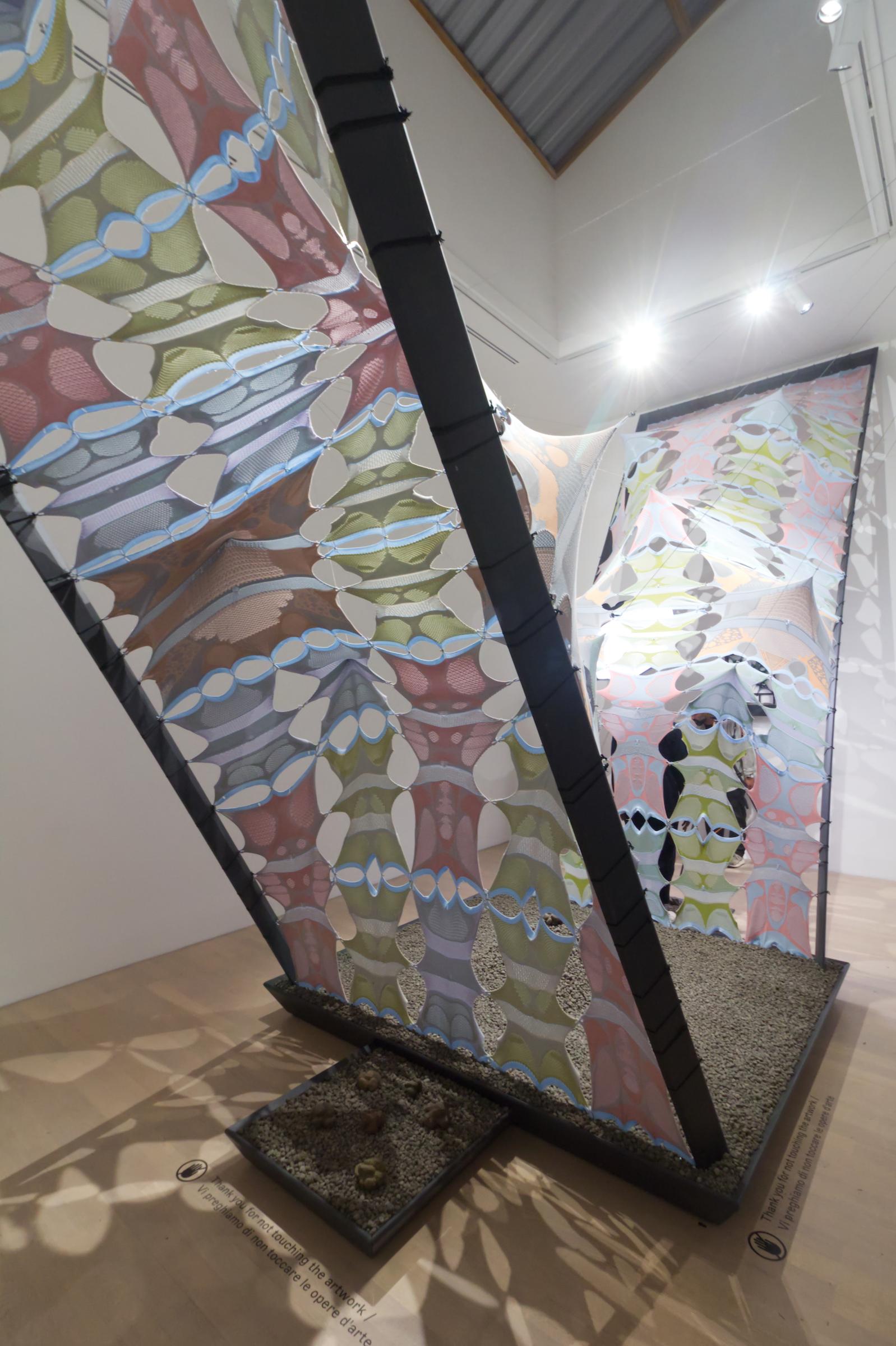
Great Britain Pavilion, Special Mention for National Participation: Muluku by Yussef Ogbo-Ola (Photo: John Hill/World-Architects)
Ente di Decolonizzazione - Borgo Rizza by DAAR (Decolonizing Architecture Art Research) — Alessandro Petti and Sandi Hilal
The jury has awarded the Golden Lion for the Best Participant in The Laboratory of the Future to DAAR “for their long-standing commitment to deep political engagement with architectural and learning practices of decolonization in Palestine and Europe.”
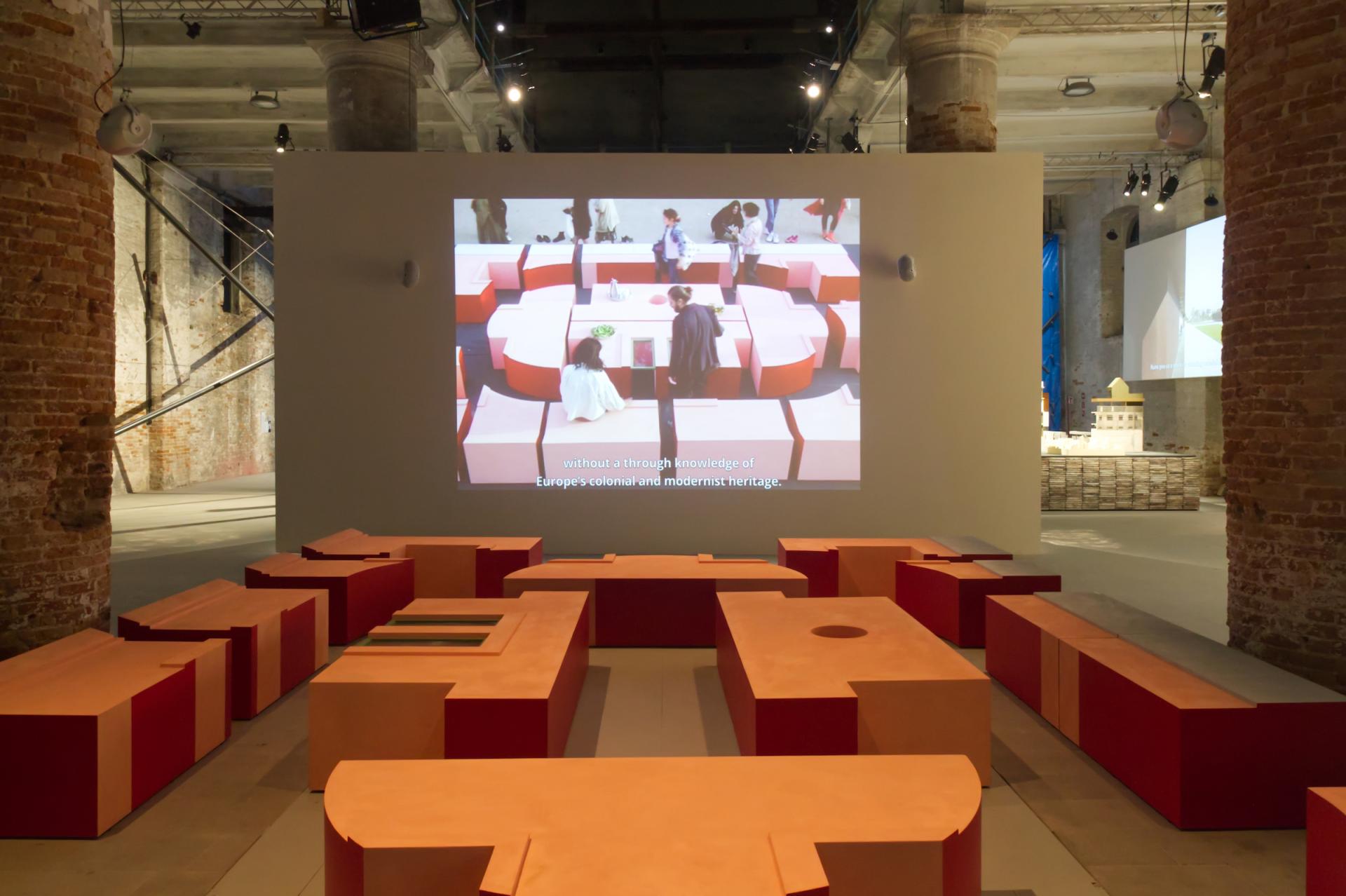
Golden Lion for the Best Participant in The Laboratory of the Future: Ente di Decolonizzazione - Borgo Rizza by DAAR (Photo: John Hill/World-Architects)
In DAAR's words: “Starting from the decomposition and recomposition of the facade of the Entity of Colonization of the Sicilian Latifundiium (1940) in Borgo Rizza (Siracusa), the [Ente di Decolonizzazione] installation is composed of several modules-sittings that are the platform of an open discursive space where the public is invited to reconsider critically the social, political and economic effect of fascist and colonial heritage and at the same time is invited to image collectively new common uses.”
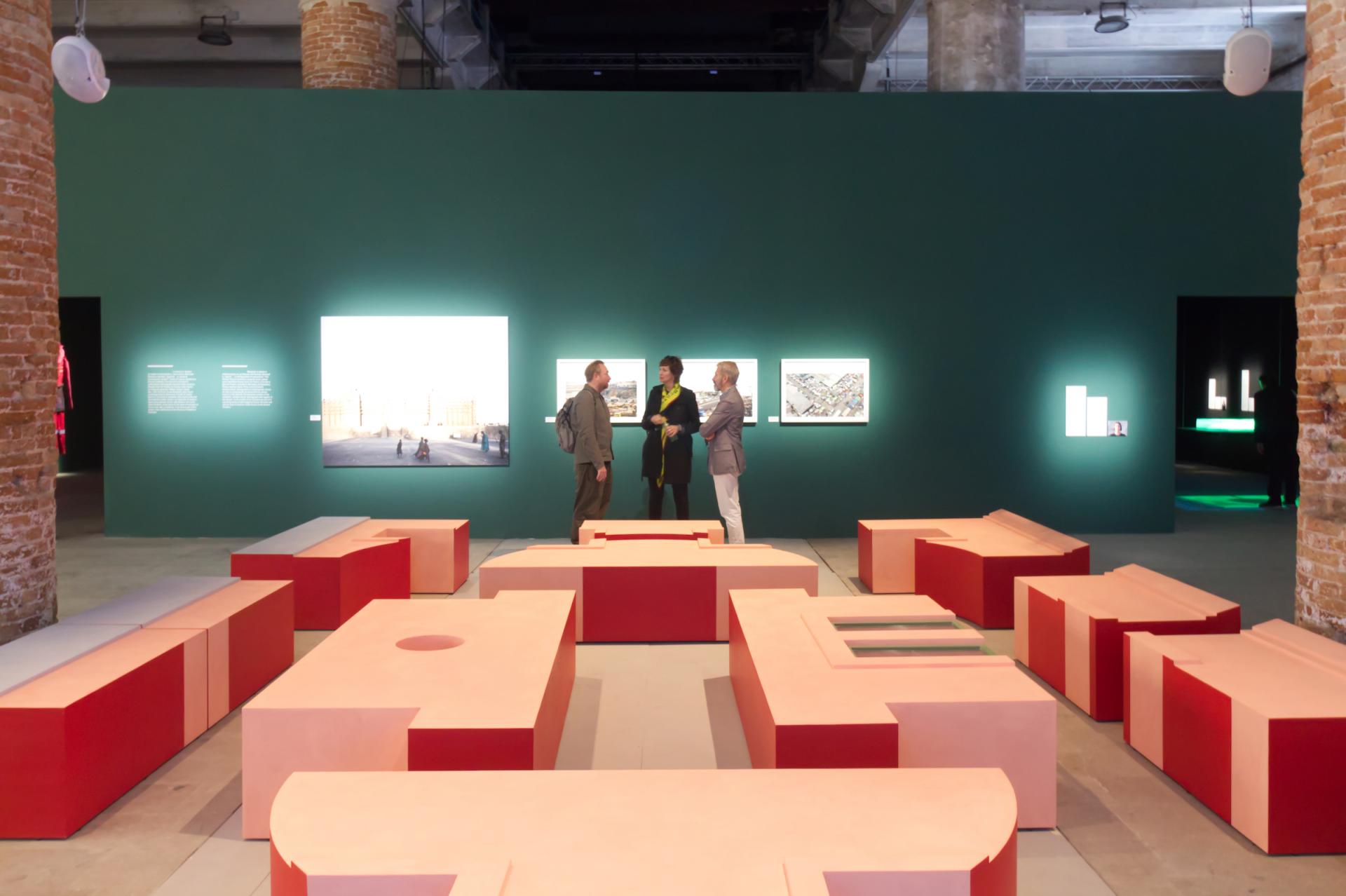
Golden Lion for the Best Participant in The Laboratory of the Future: Ente di Decolonizzazione - Borgo Rizza by DAAR (Photo: John Hill/World-Architects)
ACE/AAP by Olalekan Jeyifous
The jury has awarded the Silver Lion for a Promising Young Participant in The Laboratory of the Future to Olalekan Jeyifous “for a multimedia installation that explores a worldbuilding practice that expands public perspectives and imaginations, offering visions of a decolonized and decarbonized future.”

Silver Lion for a Promising Young Participant in The Laboratory of the Future: ACE/AAP by Olalekan Jeyifous (Photo: John Hill/World-Architects)
“ACE/AAP explores the local, transnational, and diasporic harmonies and tensions of a retrofuturist African eco-fiction set in the alternate timeline of the year, 1X72,” according to Jeyifous. “[Local] environmental groups throughout the continent consolidated into what is currently known as the African Conservation Effort (ACE) […] The ‘All-Africa Protoport’ (AAP) emerged as a flagship development, encompassing a comprehensive system for renewable energy production and facilitating rapid intra- and intercontinental travel across air, land, and sea.”
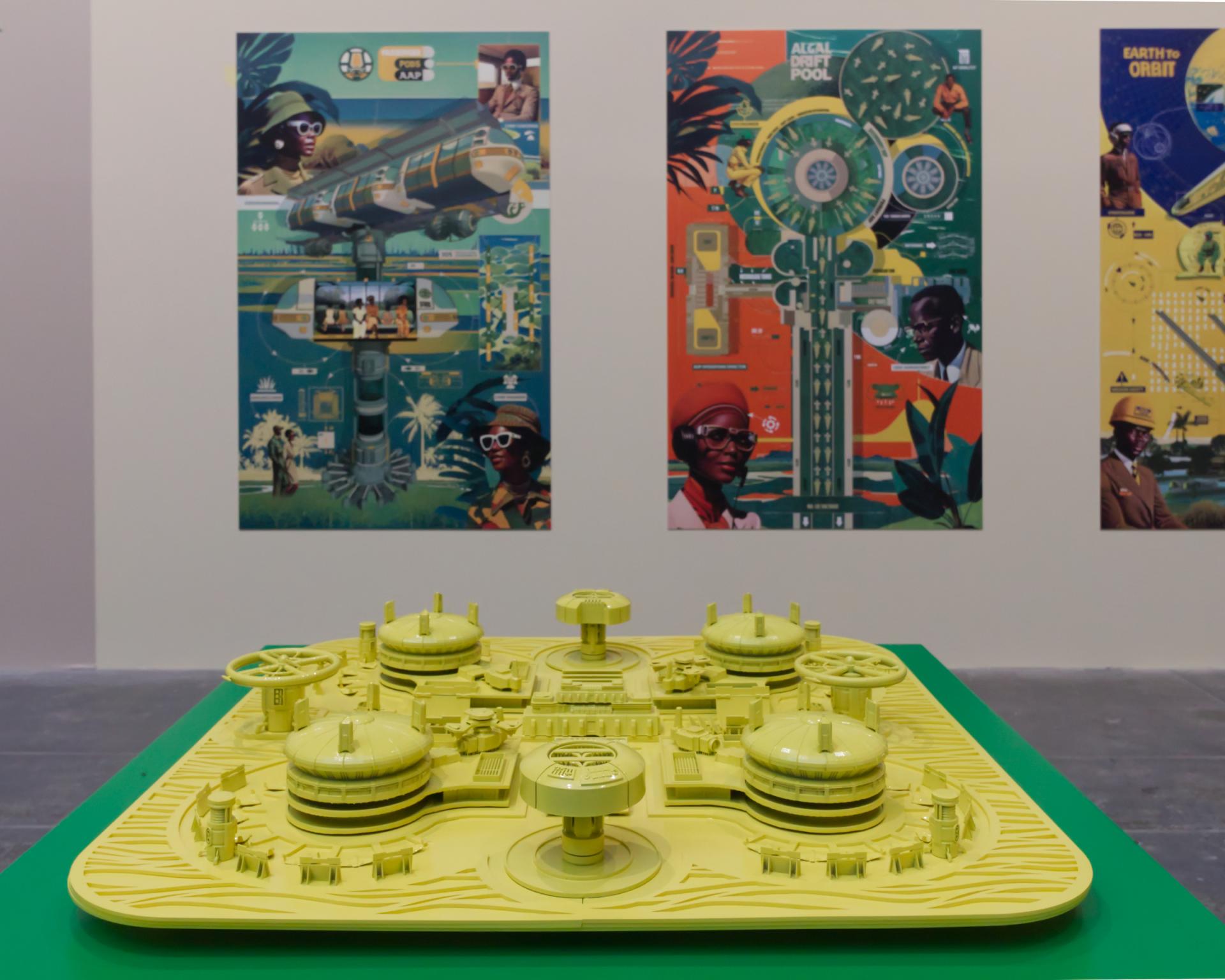
Silver Lion for a Promising Young Participant in The Laboratory of the Future: ACE/AAP by Olalekan Jeyifous (Photo: John Hill/World-Architects)
Twenty Nine Studio / Sammy Baloji “for a three parts installation that interrogates the past, present, and future of the Democratic Republic of Congo, through an excavation of colonial architectural archives.”
Wolff Architects “for an installation that reflects a collaborative and multimodal design practice as well as a nuanced and imaginative approach to resources, research, and representation.”
Thandi Loewenson “for a militant research practice that materializes spatial histories of land struggles, extraction, and liberation through the medium of graphite and speculative writing as design tools.”
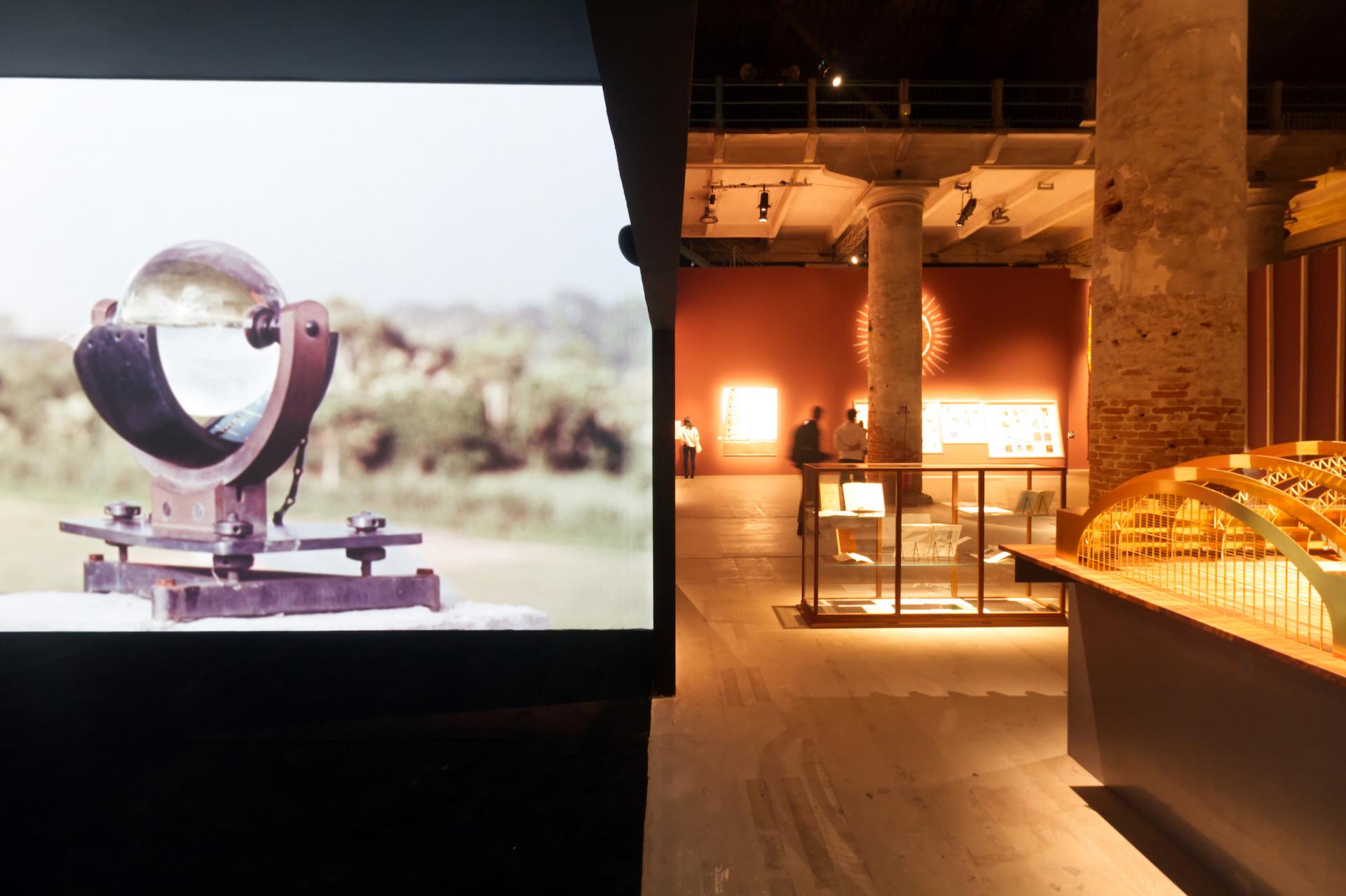
Special Mention to participant in The Laboratory of the Future: Aequare: The Future that Never Was by Twenty Nine Studio (Photo: John Hill/World-Architects)
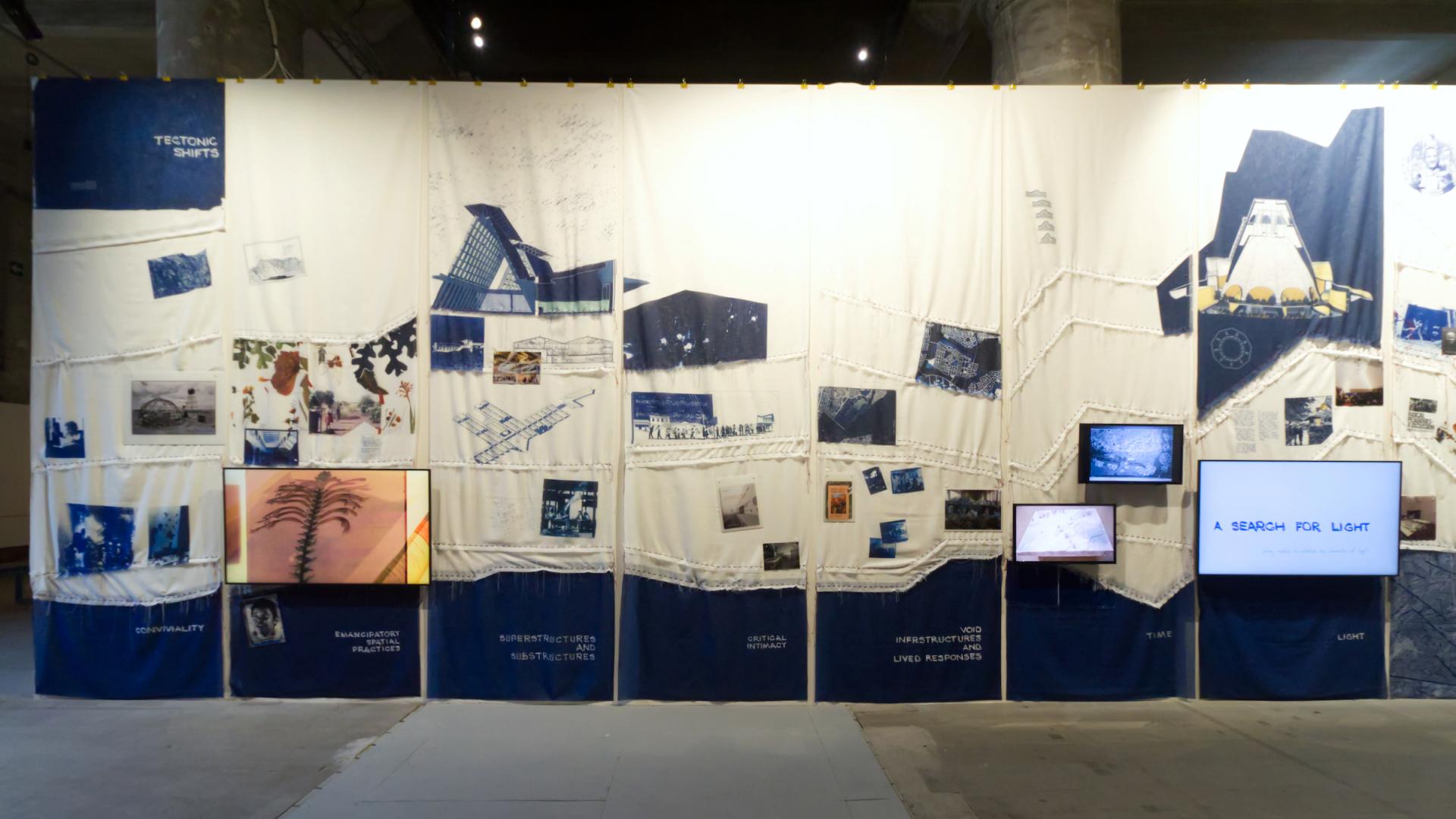
Special Mention to participant in The Laboratory of the Future: Tectonic Shifts by Wolff Architects (Photo: John Hill/World-Architects)
